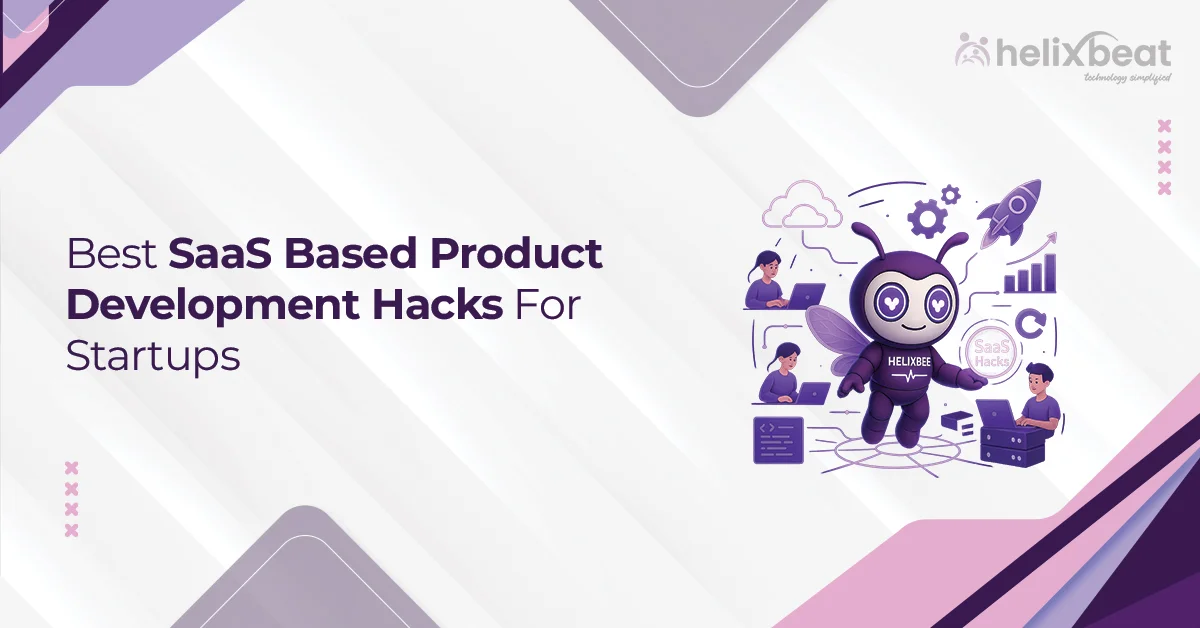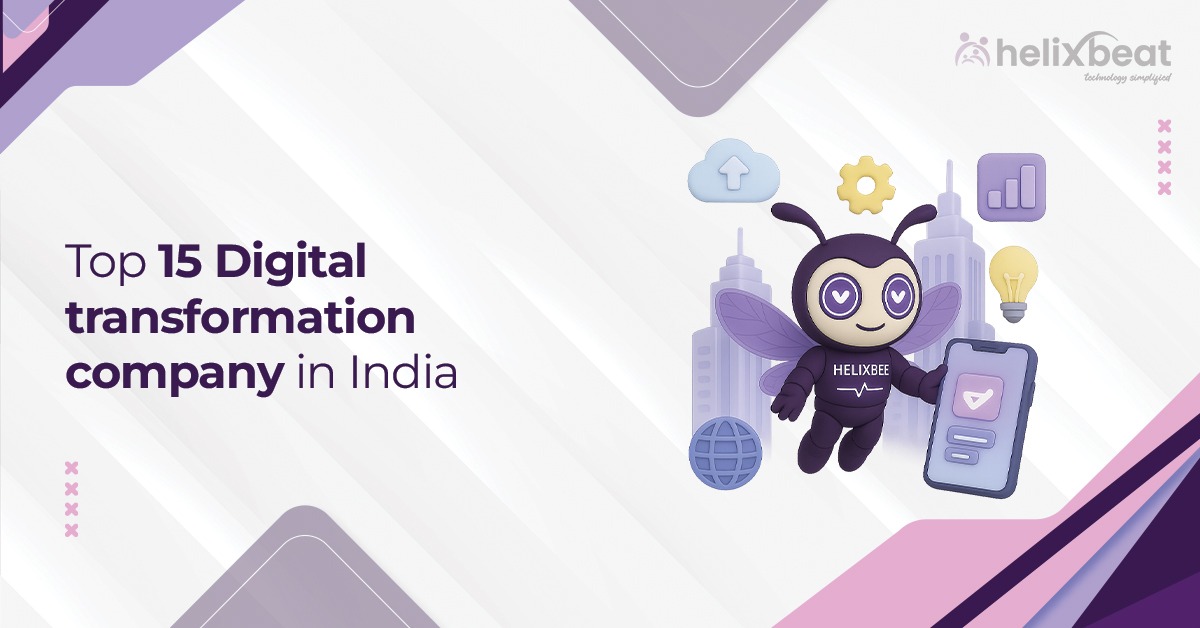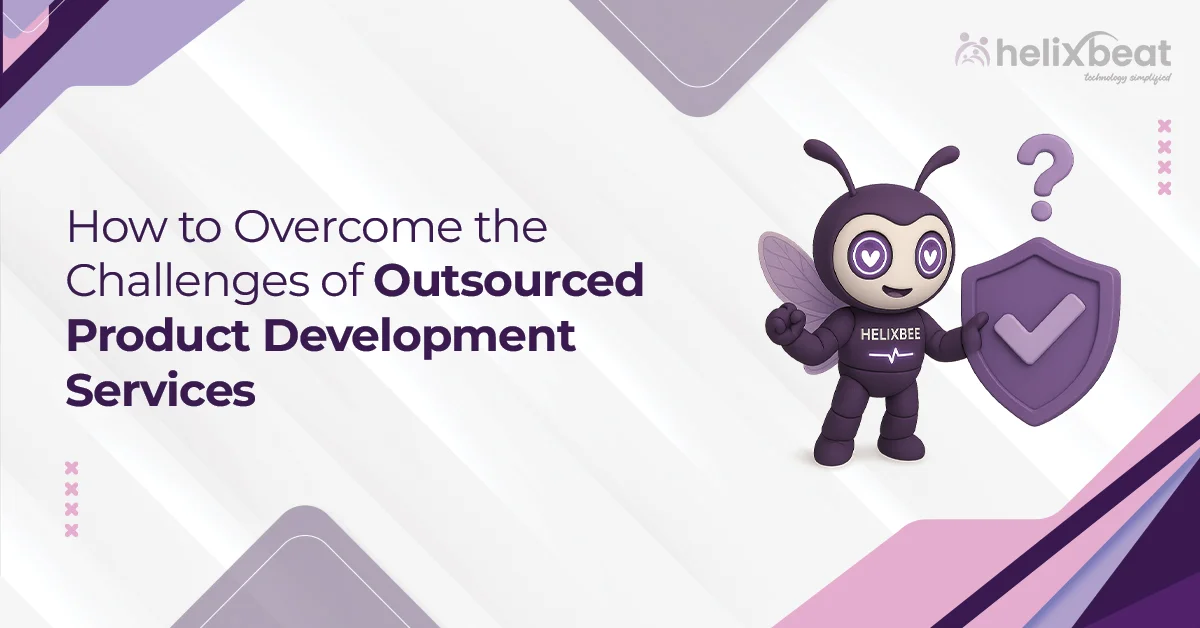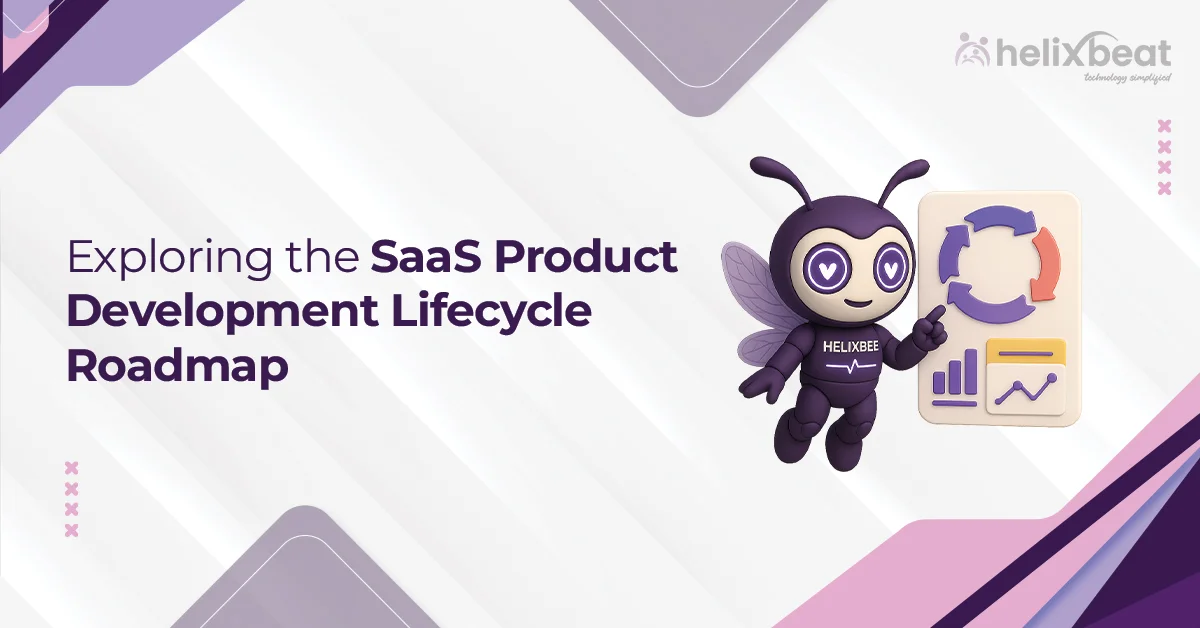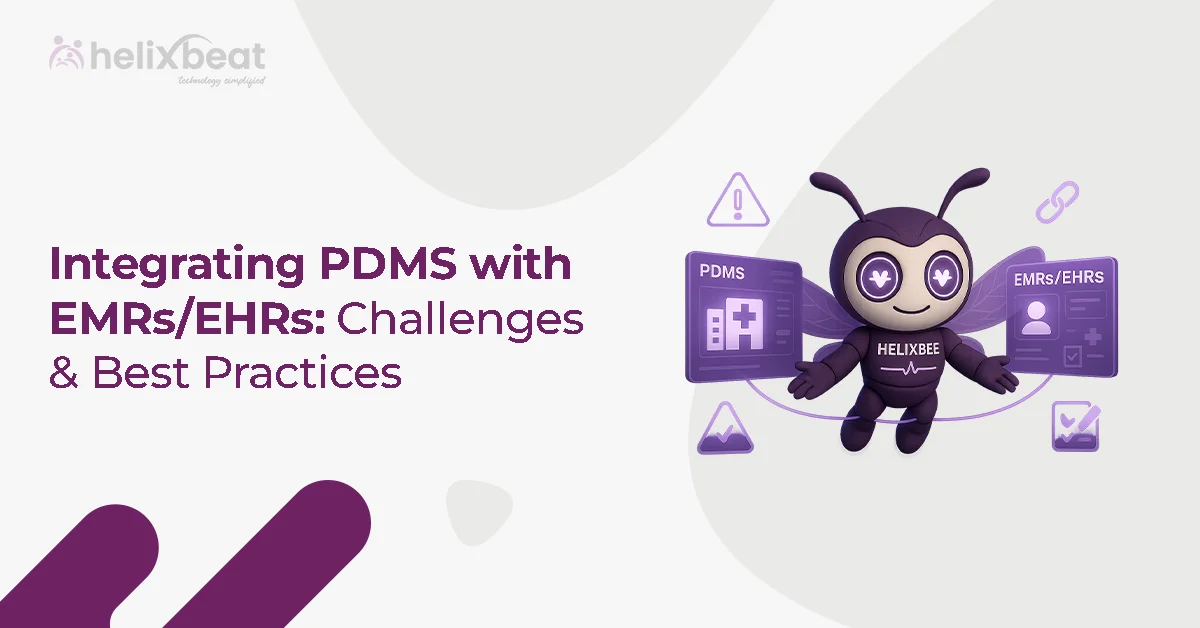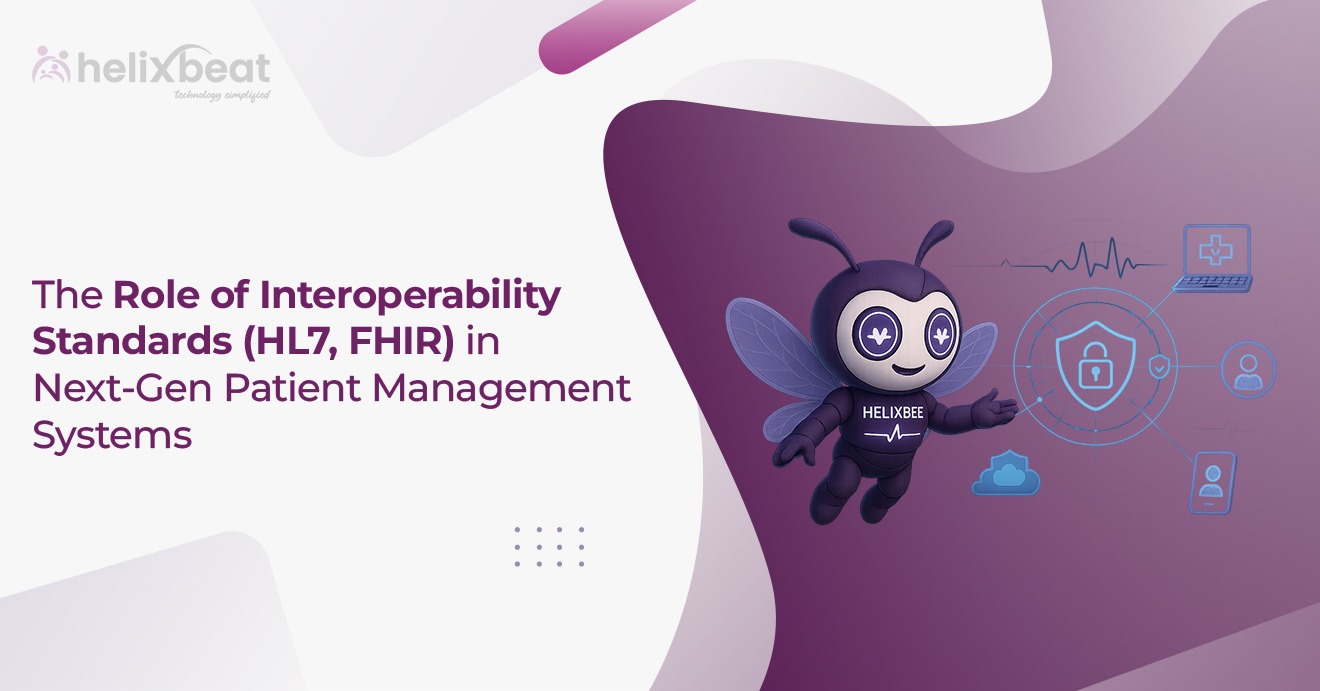The shift from traditional IT infrastructure to cloud-based solutions marks a game-changing transformation in the tech world. With cloud adoption, businesses are unlocking huge opportunities to scale, enhance flexibility, and drive cost efficiency. Gone are the days of hardware setups and limitations. In this blog, we will explore how cloud adoption reshapes IT infrastructure, the tangible benefits it brings to businesses, and how Helixbeat can help organizations leverage cloud solutions for better performance and growth.
Table of Contents
Understanding IT Infrastructure and Cloud Adoption
IT infrastructure refers to the technology components that support the delivery of business applications and services. This includes servers, storage devices, network systems, software, and security tools. Traditionally, businesses have maintained on-premise IT infrastructure, which involves owning and managing physical hardware, software, and networking components within their facilities. However, with the rapid advancements in cloud computing, organizations are now adopting cloud-based infrastructure.
Cloud adoption involves moving computing resources and data storage to cloud platforms provided by service providers like Amazon Web Services (AWS), Microsoft Azure, Google Cloud, or private cloud providers. This shift from on-premise infrastructure to cloud solutions significantly impacts how businesses operate and manage their IT resources.

The Changing Landscape of IT Infrastructure
The impact of cloud adoption on IT infrastructure is vast, and organizations are experiencing several changes as they make the switch. Let’s look at the key ways in which cloud adoption affects IT infrastructure:
1. Scalability and Flexibility
Cloud infrastructure offers businesses the ability to scale their operations quickly and efficiently. Unlike traditional IT infrastructure, which requires big investments in physical hardware and can take weeks or months to scale, cloud-based infrastructure can be expanded or reduced almost instantly. This flexibility helps businesses adjust to changing market conditions.
2. Cost Efficiency
Maintaining on-premise infrastructure requires hefty upfront investments in hardware, software, and personnel to manage the system. Additionally, businesses need to allocate resources for routine maintenance, upgrades, and disaster recovery.
With cloud adoption, businesses only pay for what they use. Furthermore, the pay-as-you-go model allows businesses to adjust their usage based on actual needs, which results in more predictable and lower costs.
3. Enhanced Security
While security concerns have historically been a barrier to cloud adoption, advancements in cloud security protocols and practices have made it much more secure than traditional on-premise infrastructure. To protect sensitive information, cloud service providers employ robust security measures, such as data encryption, access control, and regular security audits.
Moreover, cloud-based systems often have built-in redundancy, which ensures that data is backed up across multiple servers and locations, which reduces the risk of data loss.
4. Improved Collaboration and Accessibility
Cloud-based tools and platforms allow employees to access applications, data, and resources from anywhere with an internet connection. This is particularly useful for businesses with remote or distributed teams, as it ensures that everyone has access to the same resources, regardless of location.
This level of accessibility also enhances productivity, as employees can work from any device, whether it’s a laptop, tablet, or smartphone.
5. Faster Innovation and Time to Market
Cloud adoption accelerates innovation by enabling businesses to experiment with new technologies without worrying about the limitations of their physical infrastructure. Cloud platforms offer a wide range of tools, frameworks, and APIs that businesses can leverage to build and deploy new applications quickly.
As a result, businesses can test new ideas, scale successful innovations, and deliver solutions to customers faster than ever before.
6. Disaster Recovery and Business Continuity
Traditional IT infrastructure often requires separate disaster recovery solutions, which can be difficult and costly to implement. In contrast, cloud platforms offer integrated disaster recovery options.
As mentioned earlier, cloud-based data storage is often replicated across multiple data centers. Therefore, data can be quickly recovered, and business operations can continue with minimal downtime, even if a catastrophic failure occurs.
How Helixbeat Can Help with Cloud Adoption and IT Infrastructure
Helixbeat, with its extensive experience in IT solutions, can help businesses migrate to the cloud, optimize their IT infrastructure, and reap the full benefits of cloud adoption.
Here’s how Helixbeat can help:
1. Cloud Migration Services
Helixbeat offers comprehensive cloud migration services to help businesses move their IT infrastructure from on-premise systems to the cloud. Our team of experts works closely with businesses to assess their current IT setup, plan the migration process, and make sure the transition is seamless with minimal disruption.
Whether it’s moving data, applications, or entire systems to the cloud, we help organizations navigate the intricacies of cloud migration.
2. Cloud Infrastructure Optimization
Once a business has adopted cloud solutions, it’s important to optimize the infrastructure for cost efficiency and performance. Helixbeat helps businesses fine-tune their cloud setup to maximize resource utilization, reduce waste, and lower costs.
Our experts conduct regular audits of cloud usage, identify areas for improvement, and implement best practices for resource allocation. We also help businesses take full advantage of the features offered by cloud service providers, such as auto-scaling, load balancing, and high availability, to make sure their systems run efficiently at all times.
3. Cloud Security and Compliance
Helixbeat ensures that your cloud infrastructure is built with robust security measures. We help businesses implement the latest security protocols, including encryption, identity and access management (IAM), and multi-factor authentication (MFA), to safeguard sensitive data and ensure compliance with industry regulations.
Additionally, we provide continuous monitoring and regular security audits to identify potential vulnerabilities and respond to threats quickly, so your cloud infrastructure remains secure.
4. Cloud-Based Application Development
Helixbeat offers custom cloud-based application development services to help businesses build scalable, secure, high-performance applications. Our developers work closely with clients to understand their needs and create applications that can be easily scaled, updated, and deployed across multiple devices.
By leveraging cloud platforms, we help businesses accelerate their application development process, reduce time to market, and deliver applications that provide an excellent user experience.
5. Disaster Recovery and Business Continuity Planning
We work with clients to design robust recovery strategies, implement automated backups, and set up failover systems to ensure that operations can continue seamlessly, even during a disaster.
With cloud-based disaster recovery solutions, businesses can reduce the cost of traditional methods while improving business continuity.
Final Thoughts
The impact of cloud adoption on IT infrastructure is profound, offering businesses increased scalability, flexibility, and cost efficiency. Helixbeat offers comprehensive cloud solutions, from migration and optimization to security and disaster recovery, to help businesses fully embrace cloud technology and unlock its potential.
By partnering with Helixbeat, organizations can enhance their IT infrastructure, improve business continuity, and accelerate their digital transformation journey.
FAQs
1. How does cloud adoption impact IT infrastructure?
Cloud adoption changes the traditional approach to IT infrastructure by providing flexible, scalable, and cost-effective solutions. It reduces the need for physical hardware, simplifies management, and enhances accessibility for remote teams.
2. What is cloud migration, and why is it important?
Cloud migration refers to the process of moving data, applications, and workloads from on-premise systems to the cloud. It’s important for businesses looking to take advantage of the cloud’s scalability, security, and cost savings.
3. What role does Helixbeat play in cloud adoption?
Helixbeat helps businesses migrate to the cloud, optimize their infrastructure, enhance security, and develop custom cloud-based applications. The team ensures a smooth transition and ongoing support for businesses throughout their cloud journey.
4. How can Helixbeat assist with disaster recovery in the cloud?
Helixbeat helps businesses design and implement cloud-based disaster recovery strategies, offering automated backups, failover systems, and rapid recovery to minimize downtime and data loss during unexpected events.





